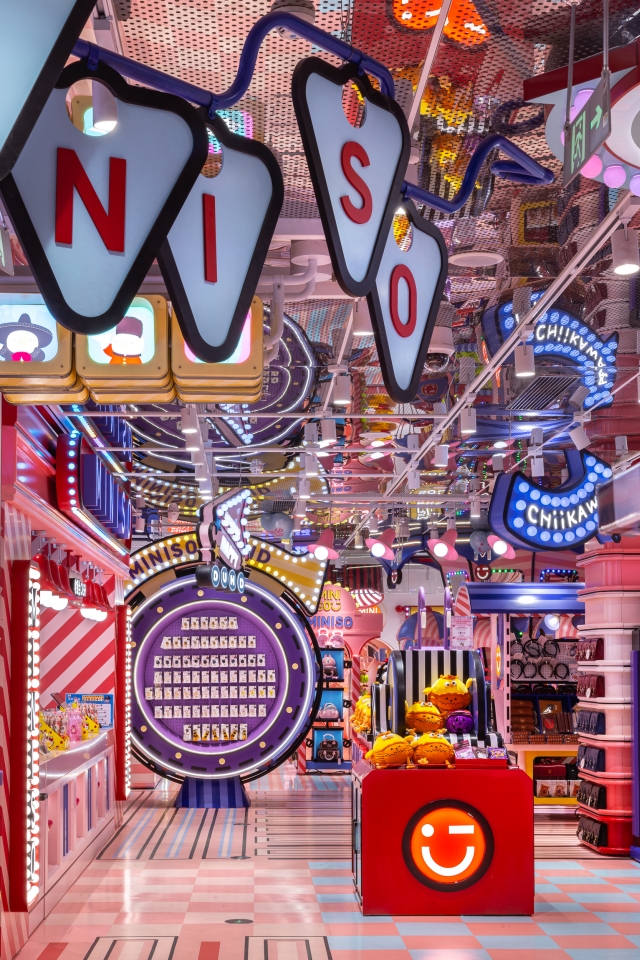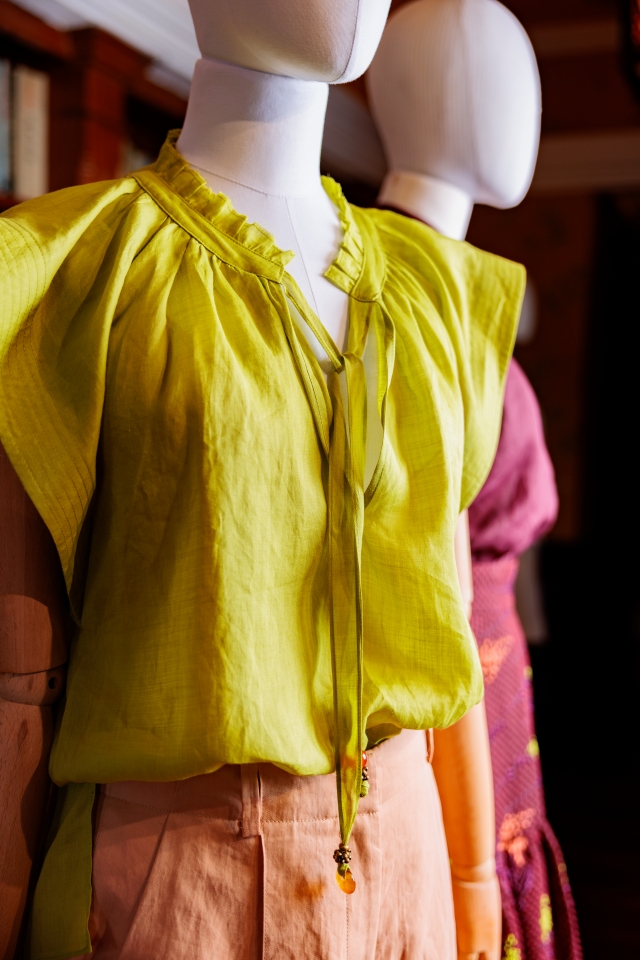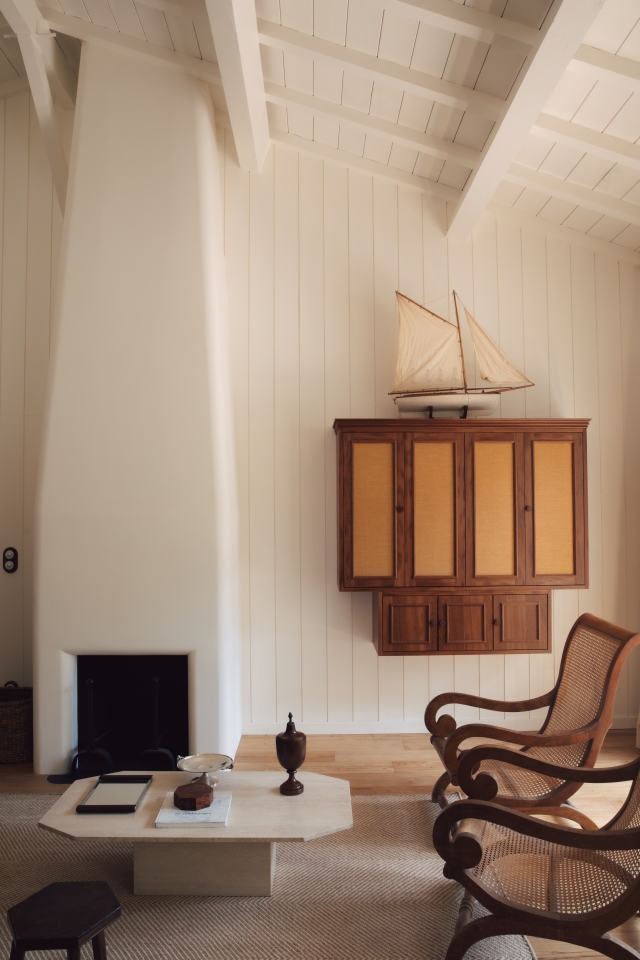Corpus Studio is an architecture, interiors, and design practice based in Paris, working locally and internationally, founded by Konrad Steffensen and Ronan Le Grand. For each project, they start with a practical analysis and work with the client to develop rational and sensitive solutions that bring out the full potential of each project.
Steffensen and Le Grand play with volume, light, shadow, and materiality to compose poetic and emotive spaces that heighten the experience of our surroundings, whether they are radically monumental or quiet and unimposing. Overarching this, they believe that by responding to occasion and instilling spaces with comfort and a strong fundamental aesthetic quality, they can enrich their bond with the built environment and therefore our daily lives. The partners also focus on a collaborative working method that draws on a network of high-quality craftsmen, artisans, contractors and builders as well as the technical expertise of engineers and other specialist consultants. See more of their work at https://corpus.studio/
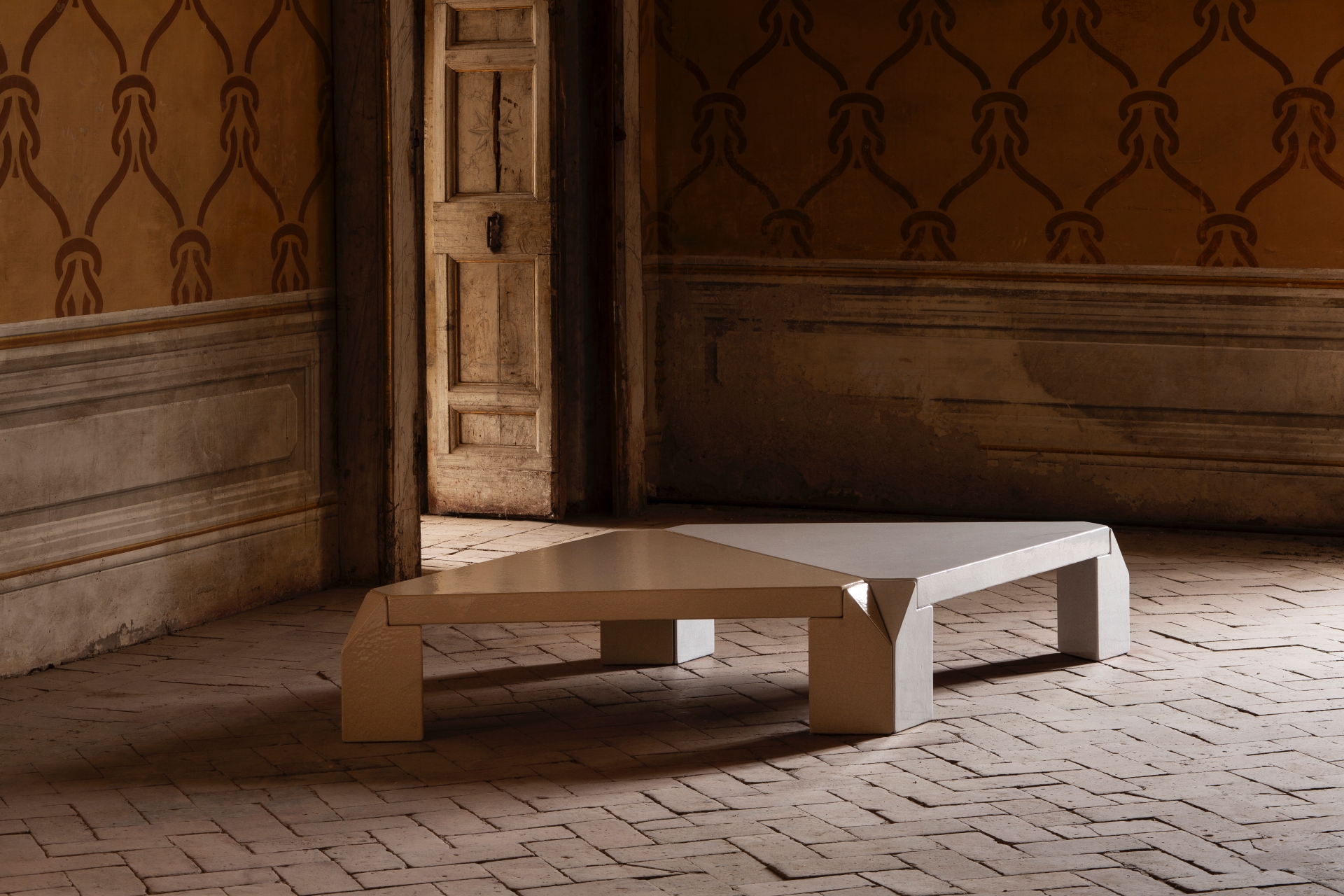
When did you first develop an interest in design, architecture and craftsmanship, and how did this lead to the establishment of Corpus Studio?
Steffensen: I think my interest developed at an early age growing up in Australia. Every summer my family would go to the beach and I was always totally absorbed in building sandcastles. I would spend hours on end constructing castles, moats, canal systems, towers, and pyramids. When I wasn’t at the beach, I was devouring books about mediaeval history, ancient civilisations, and the great Wonders of the World. I went on to study and work in several countries around the world before finding my place in Paris. It was here that I met Ronan and we discovered a shared appreciation for emotional architecture that soon led to the opening of Corpus Studio.
Le Grand: Growing up in Paris, I have vivid memories of my grandfather making these huge pièces montées, architectural cakes in the tradition of Antonin Carême, for receptions at the Elysée palace where he was a professional chef. Each creation was carefully planned and executed with such skilful precision. For special occasions at family gatherings, he would treat us to one of his creations. I remember helping him research, sketch, make models, and finally craft these monumental and dreamy structures that defied physics, using sugar instead of concrete. It was always a very special moment that we shared together, and I have to thank him for sparking my interest. Fast-forward a few years and I was studying at the Beaux-Arts Malaquais architecture school in Paris, which would be followed by a few years working abroad in Brazil and Japan. On my return to France, I worked on ephemeral design projects for brands and institutions before founding Corpus Studio with Konrad.
How do your backgrounds influence the design and style of Corpus Studio’s design?
Coming from different countries on opposite sides of the world, we quickly found out that although we shared many of the classic architectural and design references, we didn’t have the same approach or process. Perhaps partly due to the different ways we were taught, but certainly also due to our distinct personal interests and having grown up in different cultures and climates. But it is these differences that we feel enrich our design process and the aesthetic of Corpus Studio. It’s more dynamic, contrasted, heterogeneous, and hopefully unexpected.

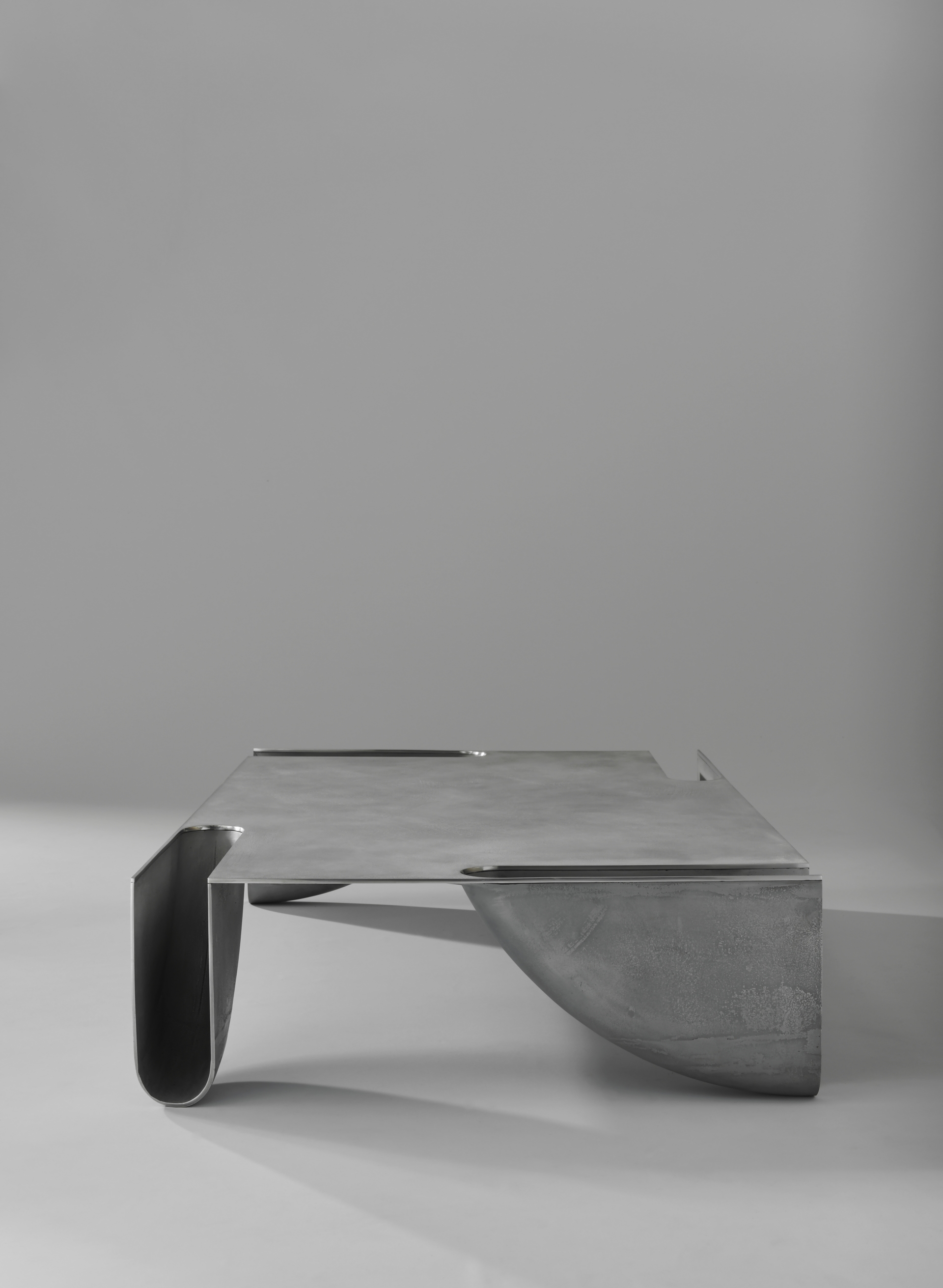
What are your signature design values/ philosophy?
We believe that design values and philosophies are constantly expanding and evolving. As young designers, we feel we are at the early stages of this life-long process. We are engaged in creating compelling and poetic spaces and objects that are imbued with a sense of conviction. Each design tries to express an authentic, central, driving idea. Our design vocabulary articulates form, volume, light, shadow, materiality, and colour into a language that is rich, dynamic, and uses juxtaposition. We believe that contrast and nuance created through a dialogue between opposing forces can yield surprising harmony.
The play on proportion also takes on an important role in expressing our sculptural compositions, as we find it can contribute to a performative and dramatic quality that evokes emotion, feeling, memory, and meaning. When we look to artists like Richard Serra and Michael Heizer, the exaggeration of scale is an important part of their artistic gesture that deeply inspires us.
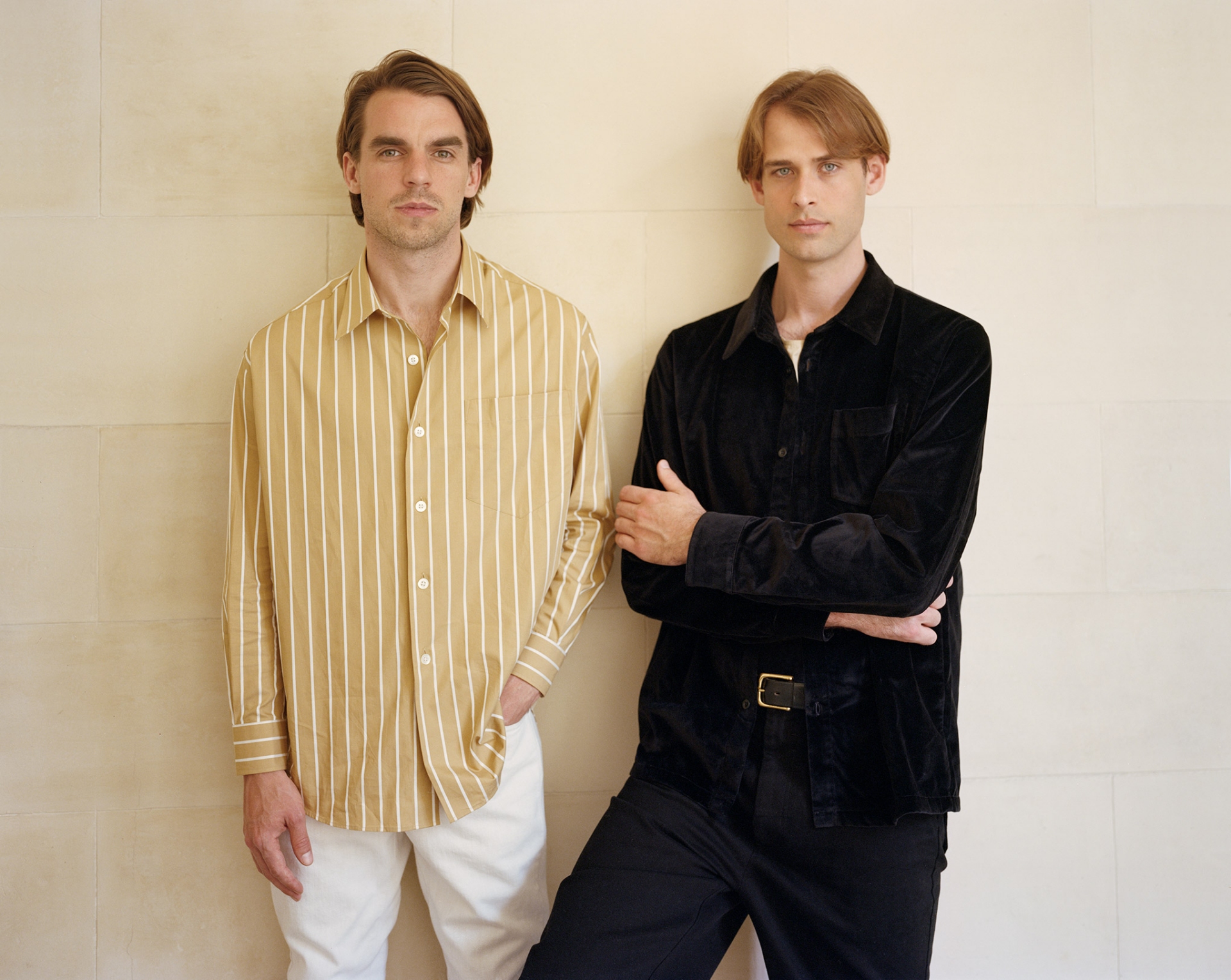
Where do you draw inspiration from for your designs?
Travel. Europe is a gem for discovering and learning from architecture and design. We are fortunate to be based in Paris and use it as a hub to make pilgrimages in France and across the continent. There are so many vastly different and unique aesthetics, peoples, influences, cultures, and histories in such a compact area. Recent visits that have touched us include the cistercian Abbaye du Thoronet, the modernist Villa Carvois, and a return to the techno temple Berghain in Berlin after many years of absence.
What do you see for the future of Corpus Studio?
We have many projects underway at the moment, which are all very exciting. One of them is a very special collection of designs that we have been developing with boutique French furniture company Mono-Editions that is due to launch in spring of 2024. The founder, Laetitia Ventura, challenged us to design sustainable objects of desire, made from a single material in order to limit excessive production chain waste.
We are also working on some other furniture design collaborations, a country manor home renovation in the Champagne region of France, an ongoing Hausmannian apartment renovation in Paris, and the restoration and conversion of a 17th century silk mill that was actually a summer orphanage during the wars and will now become an artists’ residency and summer villa at Lake Como. The latter has been a really interesting project to us as there is a unique opportunity for an architectural intervention where the historic and contemporary are in dialogue with each other. We’ve previously explored the relationship between historic and contemporary in our interior architecture projects, so we are excited to develop our ideas further, within the scope of a building’s envelope.
Is there a project you are most proud of or that represents Corpus Studio best?
We’ve made a fair number of projects and it’s difficult to choose just one. Each project depends on a plethora of factors: the site or context, the client, the budget, the contractors or artisans involved, and so on. Above all, client trust is perhaps the most important factor in determining what we might consider to be a successful or one of our best projects. When we connect with our clients on a human level and they give us their trust, it is empowering and allows creativity to be unleashed, ensuring the project reaches its full potential. These projects are our best and we proudly share them.
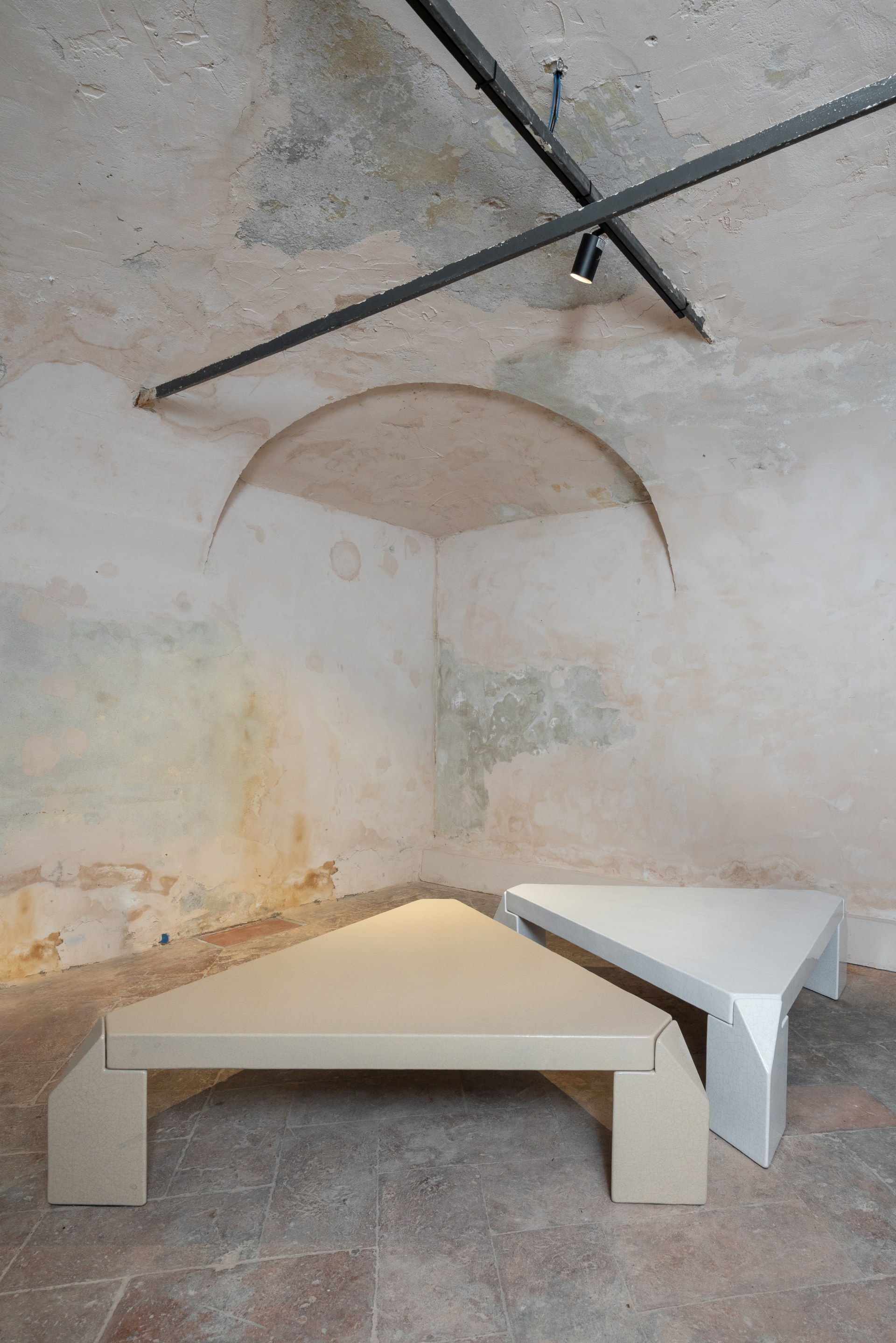
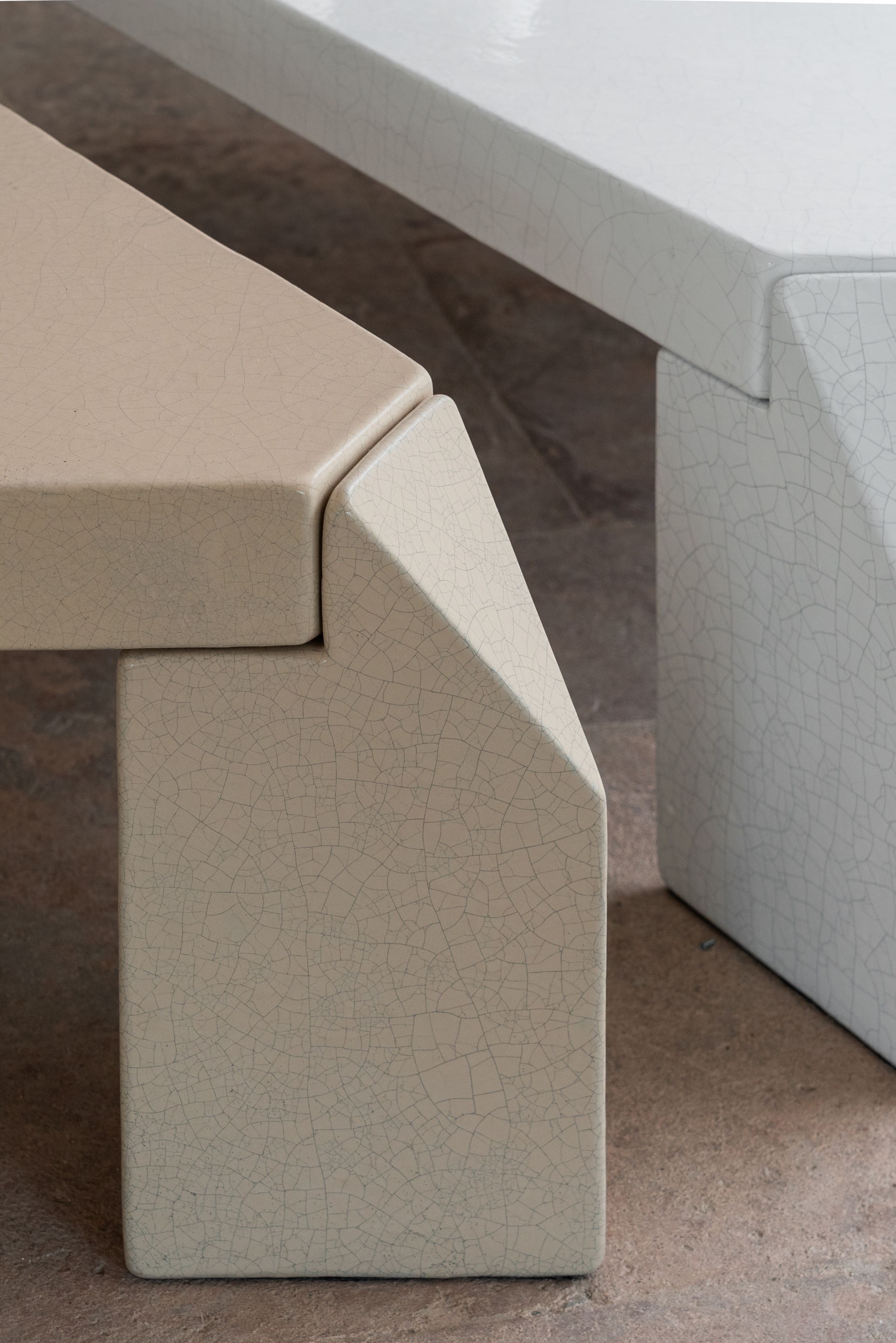
What do you think has been your biggest challenge at Corpus Studio?
Running a business. We have great respect for successful and established architecture and design companies. Talent or technical knowledge is not enough! Behind all the companies we look up to with admiration is someone who is not only enormously creative, but also someone who runs a flourishing business. They manage a team of people, administrate, organise finances, run construction sites, interface with the public and the media and, most importantly, with clients, without whom we wouldn’t have any work, and each of whom is uniquely different from the other and with particular needs.





